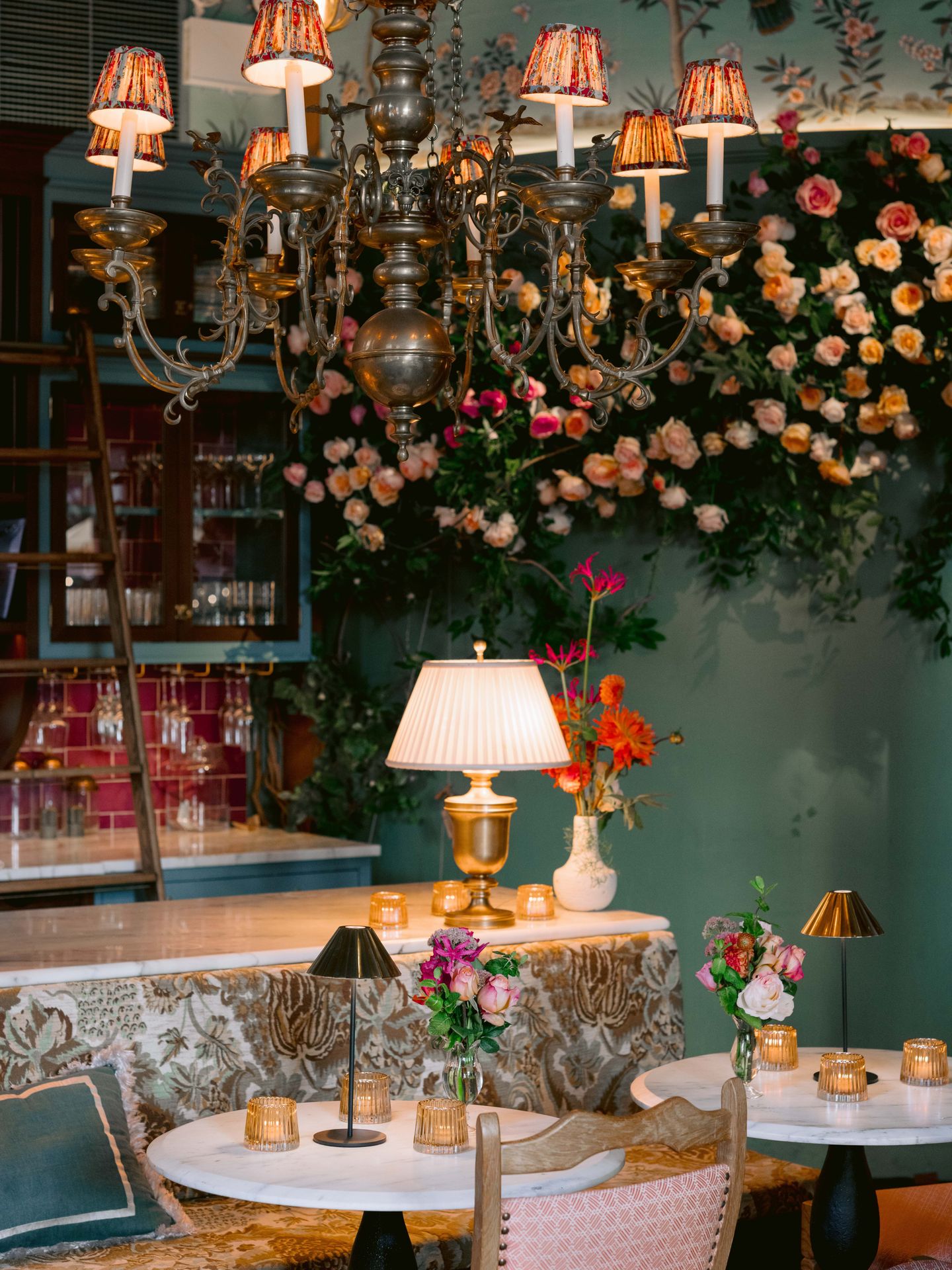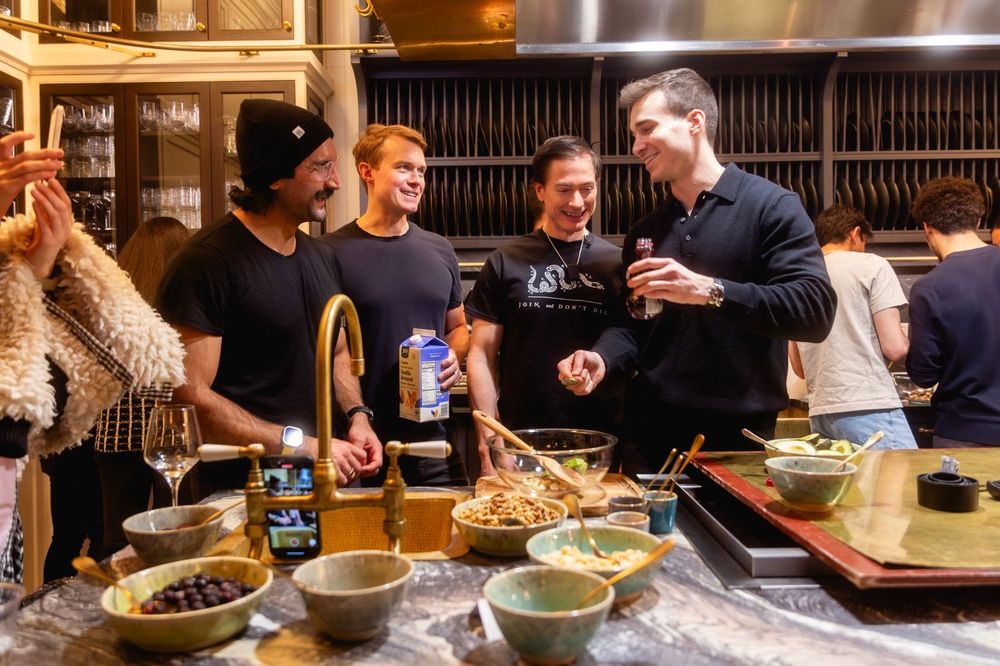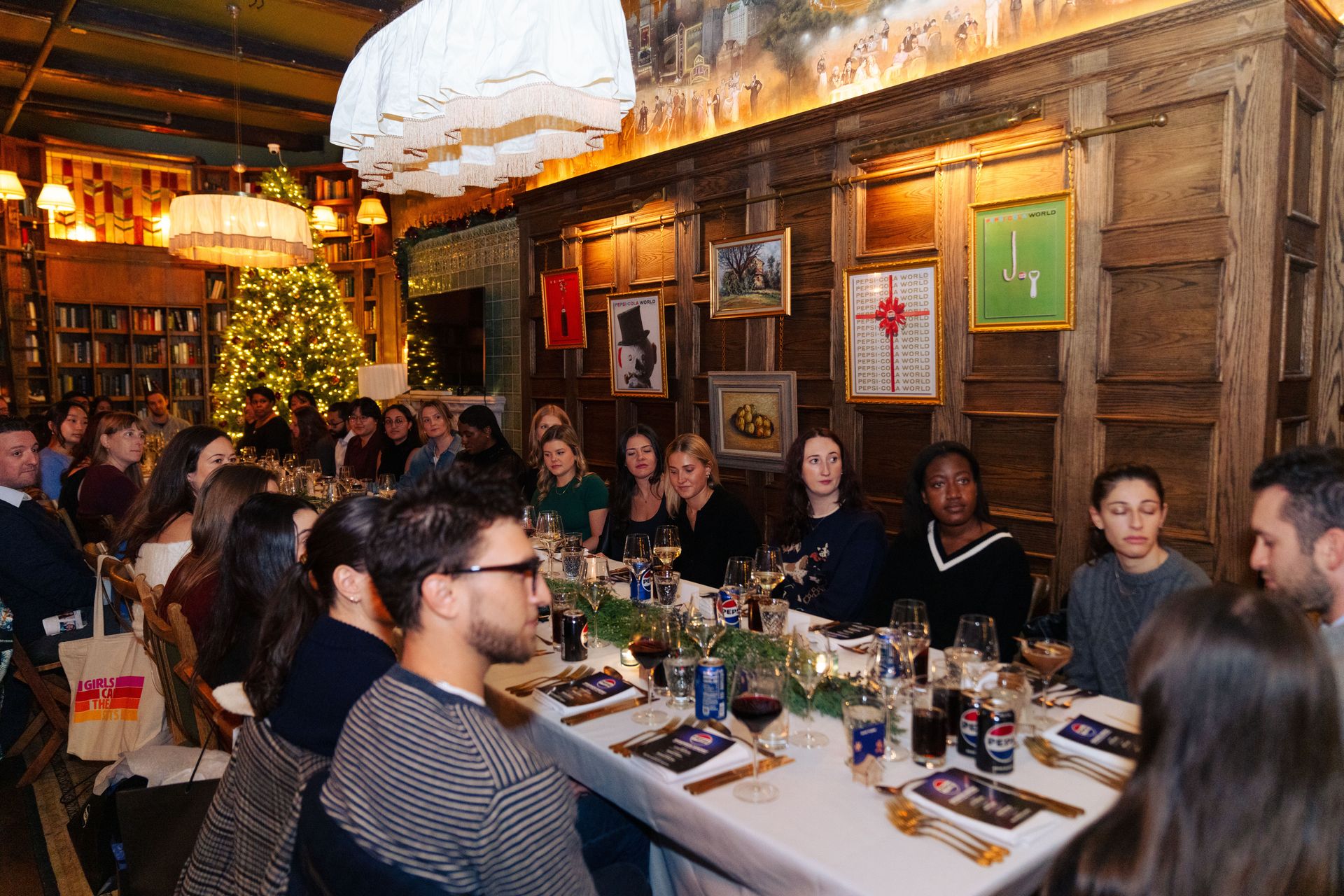If you’re aiming to create an event that’s dynamic, memorable, and sure to get people talking, a pop-up event might be exactly what you need.
Pop-up events are exclusive, exciting, and fast-paced experiences that tap into a sense of urgency to generate buzz and build awareness not just for the event itself, but for your brand as a whole.
In this article, you’ll find a comprehensive overview of pop-up events, along with a step-by-step guide on how to plan, promote, and execute a standout pop-up experience with style and impact.
What is a pop-up event?
A pop-up event is essentially a temporary event or experience — one that appears for a short time and then disappears.
These events thrive on their limited-time nature and the excitement they generate to boost engagement, whether that means ticket sales, attendance, or product purchases.
They tap into the classic marketing principle of *“when it’s gone, it’s gone.”* The sense of urgency becomes a powerful motivator that drives people to act quickly and attend because the opportunity won’t last long.
Despite their seemingly spontaneous vibe, successful pop-up events actually require careful planning and coordination behind the scenes.
Event Types that can be Popups
The beauty of pop-up events lies in their versatility. Almost any type of event can take the form of a pop-up. From a travelling art exhibition or a fashion brand’s temporary store to a corporate showcase or an intimate Q&A session, any experience that temporarily “pops up” in a chosen location can be branded as a creative and engaging pop-up event.
Pop-ups can also take place in a variety of unexpected or unconventional venues such as a town square, an art gallery, a warehouse, or even a car park, adding a sense of surprise and curiosity. They can be hosted in person, online, or as a hybrid experience, depending on the audience and objectives.




